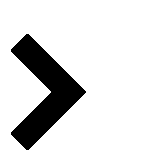REVIEWED P2 OPTIONS
| ||
Reviewed Dry Cleaning - Process Modifications OptionsFollowing are a list of options that have been reviewed by pollution prevention specialists. These options have worked at other facilities and may work at yours. |
||
Size Garment Loads | ||
| Size garment loads correctly. Your machine will operate at top efficiency with the correct size load. Too large a load reduces the effectiveness of solvent recovery equipment; too small a load is inefficient. | ||
Transferring Wastes | ||
| Use pumps and hoses when dispensing new materials and funnels when transferring wastes to storage containers. Use of these tools will reduce the possibility of spills. | ||
Recover solvent | ||
| Consider installing additional carbon adsorption or refrigeration units to recover valuable solvent. | ||
Extract solvent from filters | ||
| Extract solvent from filters as thoroughly as possible. Gravity drainage and "cooking" are common techniques that can save you money. | ||
Reusable items | ||
| Replace disposable items with reusable ones. For example, environmentally conscious customers can buy reusable nylon bags to hold and transport their dirty clothes. After being cleaned, the clothes are hung on hangers and covered with the nylon bag (cleaned for free) rather than plastic. | ||
 Find Options for other processes
Find Options for other processes





